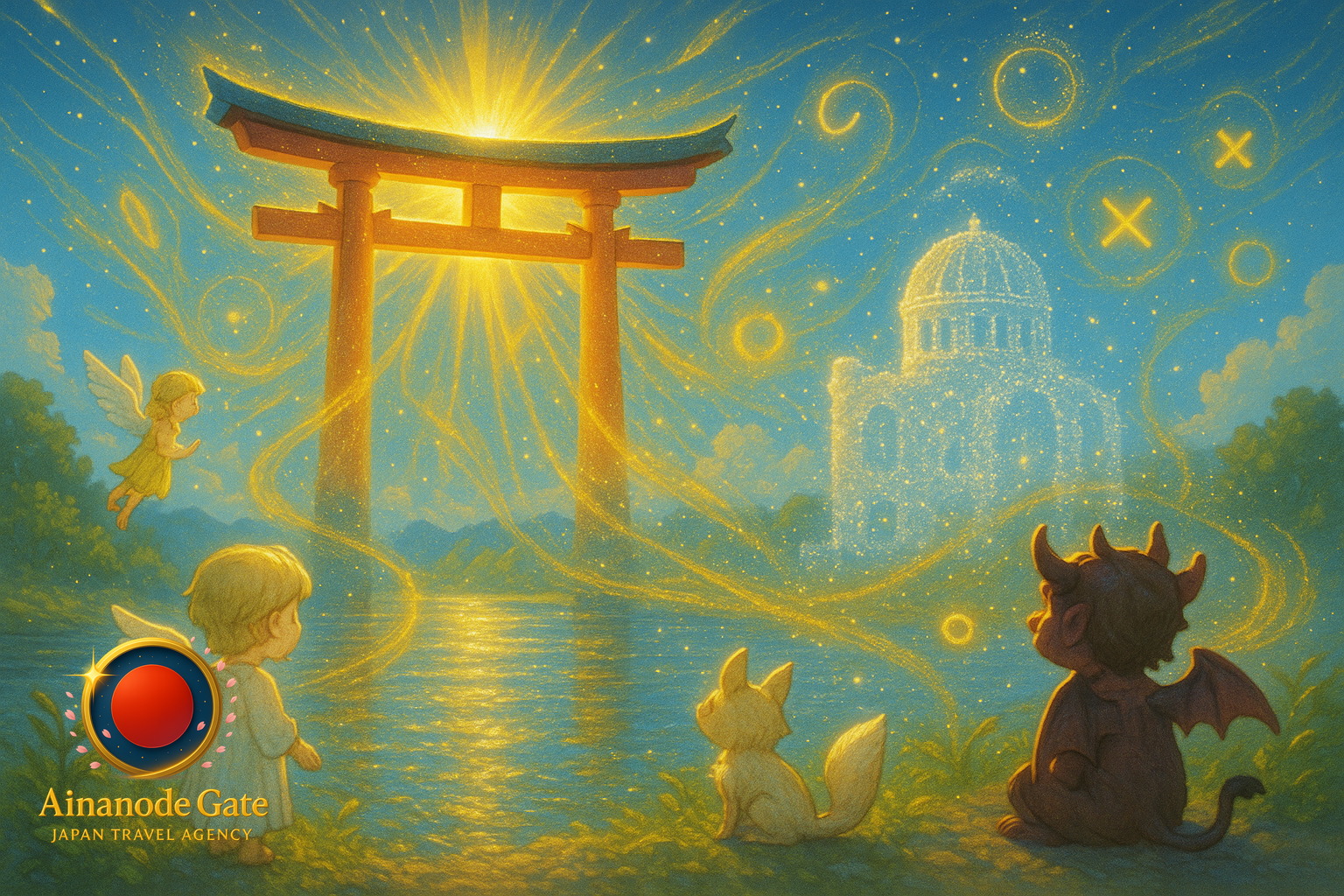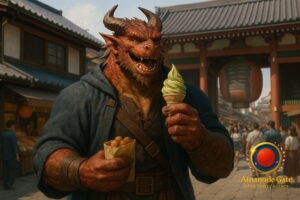- Hiroshima Travel Etiquette — Respect, Reflection & Island Harmony
- How to Travel Respectfully in Hiroshima — Quiet Steps, Clear Hearts, Good Taste
- What Not to Do in Hiroshima Peace Memorial and Cultural Sites
- Cultural Etiquette in Hiroshima and Miyajima
- Hiroshima Travel Summary — Walk Soft, Taste Bright, Leave Light Behind
Hiroshima Travel Etiquette — Respect, Reflection & Island Harmony


How to Travel Respectfully in Hiroshima — Quiet Steps, Clear Hearts, Good Taste

- Keep voices low around memorial areas; let the wind carry the story, not your speaker.
- Ask yourself before photos: “Is this respectful?” Prioritize names, flowers, and messages over dramatic poses.
- Time your island visit for tides and light; move slowly on paths and give wildlife generous space.
- At griddle counters, watch the craft, wait to be served, and savor the sauce—don’t drown the flavors.
- Sort trash properly; if a bin isn’t visible, carry it out until you find the right one.

What Not to Do in Hiroshima Peace Memorial and Cultural Sites


- Don’t treat memorials as backdrops for comic poses, jumps, or selfies that center you over the site’s story.
- Don’t touch, sit, or climb on monuments, offerings, or plaques; they are living testaments.
- Don’t record people in prayer or children’s memorials without clear permission.
- Don’t eat, vape, or make calls within commemorative spaces; step outside first.
- Don’t feed or chase deer on the island; it harms them and the shared space.

Cultural Etiquette in Hiroshima and Miyajima
Hiroshima’s remembrance culture frames public space as a shared classroom: quiet voices acknowledge grief and dignity, and photography follows empathy rather than impulse. Foodways emphasize craftsmanship—watching a layered griddle dish is part of the meal, and restraint honors the cook. On nearby islands, wooden corridors, tidal shores, and free-roaming animals remind visitors that sacred and natural realms overlap. Courtesy is less about rules than about presence: notice, pause, and let the place speak first.
Hiroshima Travel Summary — Walk Soft, Taste Bright, Leave Light Behind




📌 Treat memorial zones like libraries of lived memory
📌 Ask “Would this photo feel kind?” before you shoot
📌 On the island: don’t feed wildlife; follow boardwalks and tide-safe areas




